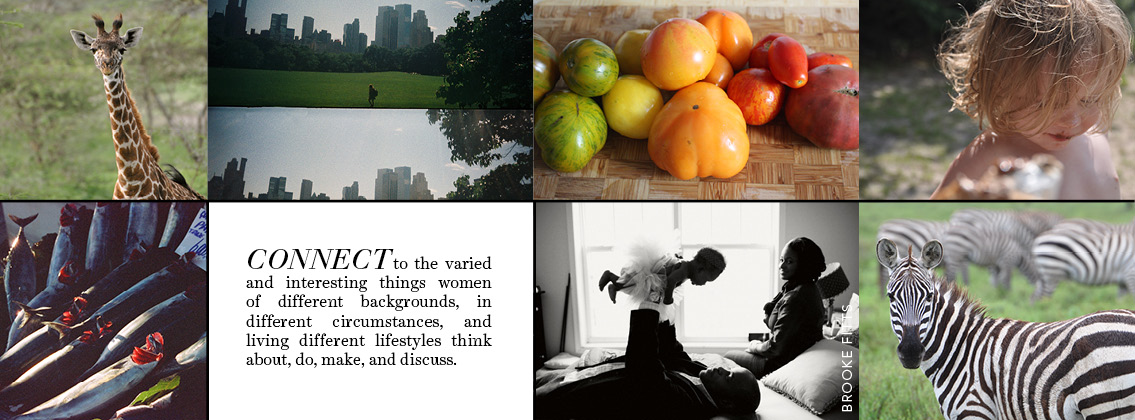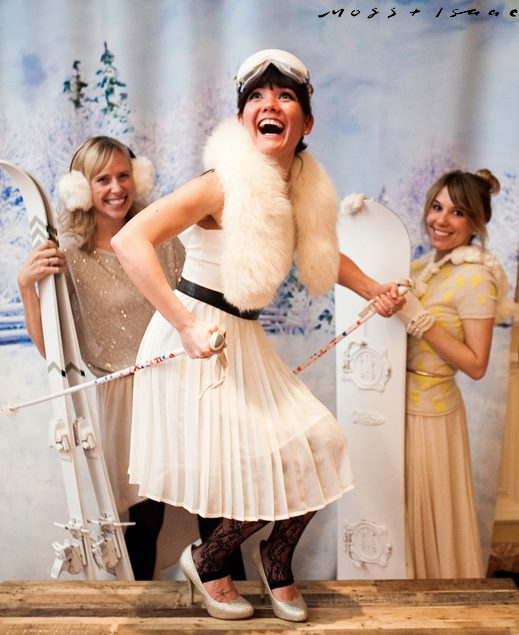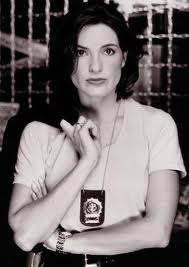 Of the weighty Law & Order franchise, Detective Olivia Benson (Mariska Hargitay) of Law & Order: Special Victims Unit is the only female protagonist who really takes the lead. Other detective pairs which include females—Gorem & Eames, Logan & Wheeler, both of L&O: Criminal Intent—have a decided focus on the quirks, quips, and leadership skills of the male half. Female D.A.’s are frequent, but less protagonist-y. Olivia is by far the most prominent female hero to emerge out of Dick Wolf’s vast TV empire.
Of the weighty Law & Order franchise, Detective Olivia Benson (Mariska Hargitay) of Law & Order: Special Victims Unit is the only female protagonist who really takes the lead. Other detective pairs which include females—Gorem & Eames, Logan & Wheeler, both of L&O: Criminal Intent—have a decided focus on the quirks, quips, and leadership skills of the male half. Female D.A.’s are frequent, but less protagonist-y. Olivia is by far the most prominent female hero to emerge out of Dick Wolf’s vast TV empire.
This is likely because SVU is like the “special episode” spinoff of Law & Order---it deals with, as the intro states, the “particularly heinous” crimes of sexual and physical violence against women and children. Accordingly, SVU has become the only one in the franchise to give equal, if not more, weight to a female investigator.
What’s interesting to observe is the ways in which, as a woman occupying the often masculine-associated role of NYPD detective, Olivia Benson both transcends and, conversely, highlights her gender at strategic moments. Like many female cops on TV, Benson isn’t, well, girly. She often wears her hair in short cuts. She dresses plainly. She even has kind of a low voice (not a huge thing, but we’d definitely be noticing if her voice was high-pitched and/or squeaky).
Yet very much of her character remains defined by her gender. As noted, it would seem that it was a deliberate choice to place a woman at the forefront of SVU because of the fact that it deals with crimes against women and children. Olivia is extremely sympathetic, touched deeply by each case she comes across and concerned deeply for each victim. She’s the one who sits and talks to them in a soft voice, coaxes out difficult-to-speak-about details, and gently advises that they take the stand to testify and put this or that bastard away for good. These all fall into line with "traditional" ideas about women's strengths.
And of course, the two lead detectives—Benson and Elliott Stabler (Christopher Meloni)—occasionally regress into tired gender role clichés. Olivia is sensitive! Nurturing! Gets emotionally involved in her cases! While on the other hand, Stabler is hot-headed! A tough guy! Gets physically involved in his cases—as in, he almost beats up dirtbag suspects in the interrogation room! The show tends to make up for this by having Benson and Stabler be both well-written and well-acted, but there is the occasional moment when you pull yourself out of the show long enough to go: “Really?”
Beyond relating to victims, Olivia has a more explicit connection to their ordeals---she herself is the product of a rape. And in one episode, Olivia goes undercover as an inmate at a woman’s prison where a guard is suspected of sexual assault, and she herself is attacked by the guard before she's saved by her team. In this case, she becomes a “special” victim herself, a situation that only she, and not Stabler, could place herself in (by the way, I'm not sure if that would ever happen in real life---a cop going undercover as an inmate? I don't know, I get all my skewed criminal investigation knowledge from these shows.)
In this last phenomenon, I’m also reminded of Emily Prentiss (Paget Brewster) from the crazy addictive serial killer show, Criminal Minds, which follows the work of an FBI behavioral analysis unit as they profile horrible, twisted rapists and murderers before they strike again (usually just in the nick of time to save the latest victim!). The subject matter is equally dark and grotesque, if not more so, than SVU, and the victims are, again, often women.
(There’s a whole subconversation to be had about the depiction of violent and sexual crimes against women as entertainment, and whether it is or isn't made more acceptable by the fact that the shows so clearly depict right and wrong and underscore the significance of such crimes—but that's for another day.)
There are three regular women on Criminal Minds, who tellingly remain at about fourth and fifth position in the cast photo phalanx (see picture)—yet they are important characters with a lot of screen time and subjectivity. Prentiss, like Benson, is a strong woman with minimal “gendered” qualities, a downplayed wardrobe, and a tough exterior. Yet she and J.J. (A.J. Cook) are often the ones who must “coax” a victim or bereaved family member, using their special lady powers to put people at ease.
In an episode where there is an outbreak of a deadly strain of anthrax, it is Prentiss and J.J. who we see struggling with the ethical quandaries of maintaining public silence about the disease in order to protect the greater good (which the men don’t seem to have a problem with). Prentiss fights the urge to notify a woman who lives across the street from their diabolical scientist suspect that she and her children may be in danger. And J.J. has a small emotional crisis about her own young son and the fact that, ethically, she can’t do anything to protect him in advance, because she has “inside knowledge” that the public doesn’t. The "mother" role often, overtly or subtly, plays into the female cop experience on these shows.
Prentiss, like Benson, has also used her gender to her advantage when dealing with suspects. In the interrogation room, she has flattered and flirted with sociopaths who tend to open up when faced with worshipful female attention. (These scenes are always a little sickening.) Meanwhile, Benson and Stabler have played on gender dynamics by playing roles when interrogating misogynists: Benson plays the bad cop who comes down hard on the guy, while Stabler winks and nudges—“women, right?”—and makes the guy think Stabler sympathizes with his woman-hating ways.
All in all, both shows produce interesting perspectives on the quandaries and ambiguities of gender in a fictional workplace that privileges traditionally “masculine” qualities; yet they often still reproduce traditional ideas about women's skills and perspectives. Benson and Prentiss are tougher than your average female character, but we don’t lose sight of the challenges they face and the separate circumstances they sometimes find themselves in as women, which is good. While there are clichés—the Benson-Stabler dichotomy, for example, or the repetitive "mother" theme—overall I think the net result of having heroines like these can only be positive in terms of female representation on TV. I mean, that is, if you can stand horrifically violent and disturbing plots.


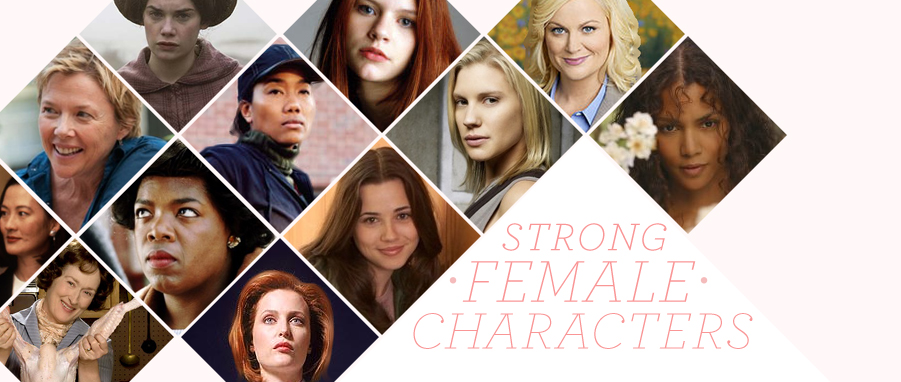
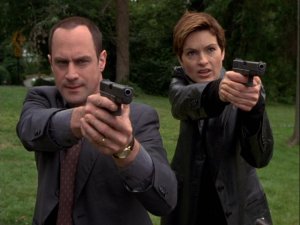
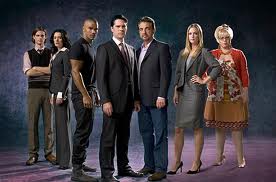
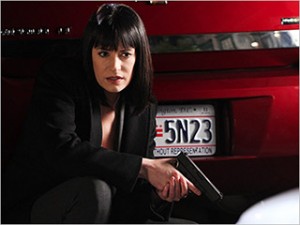



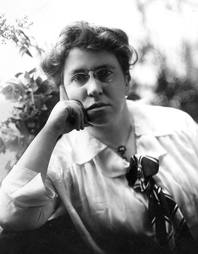
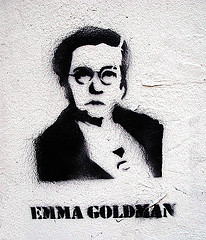
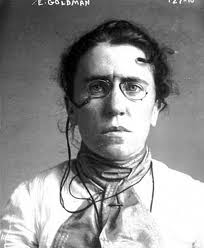
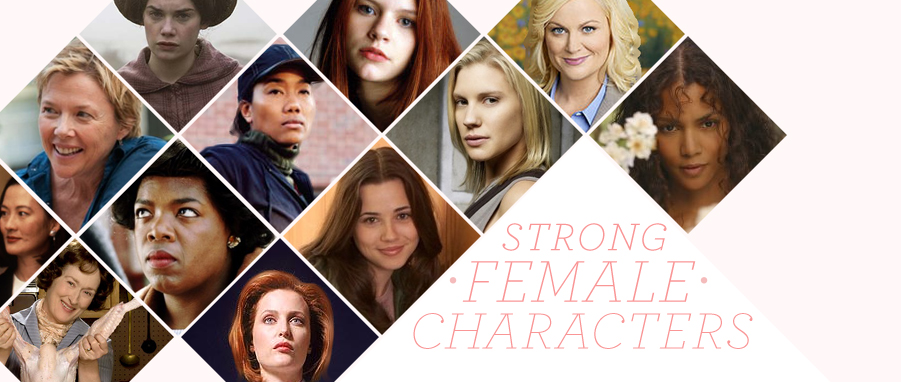







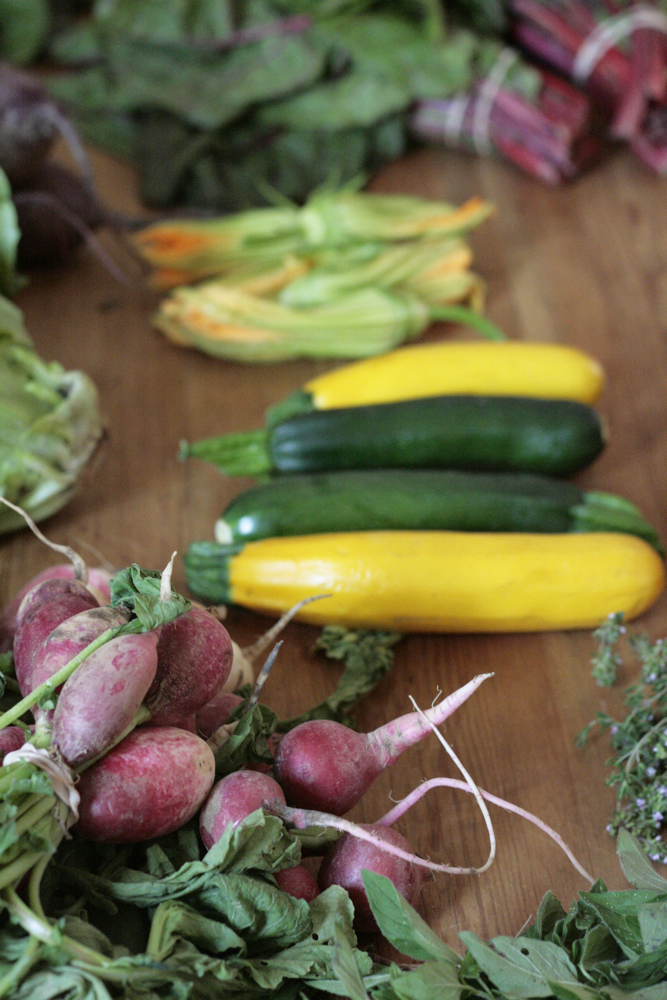
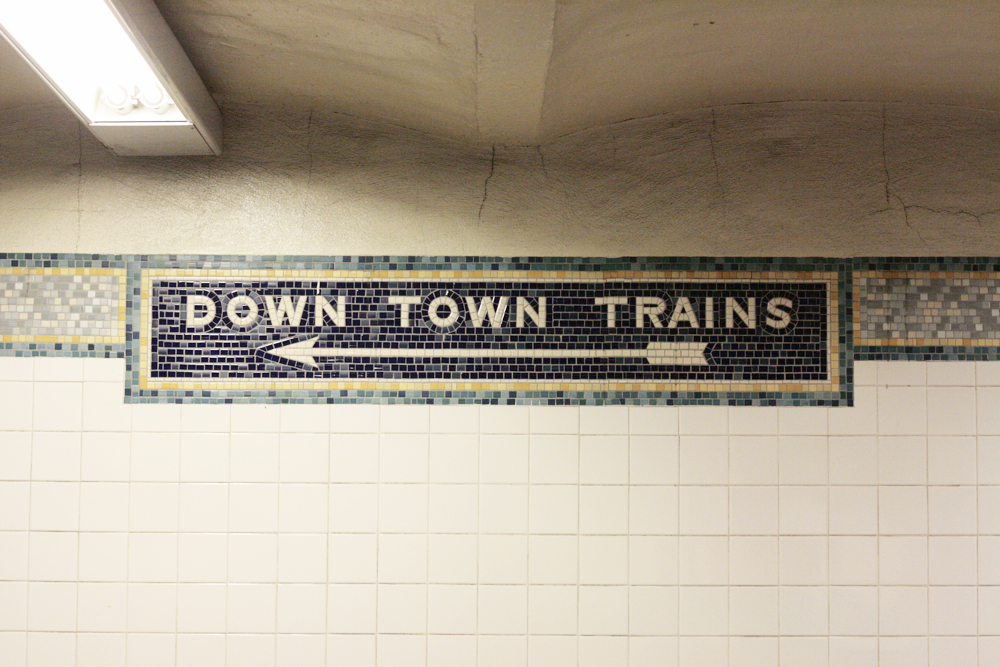


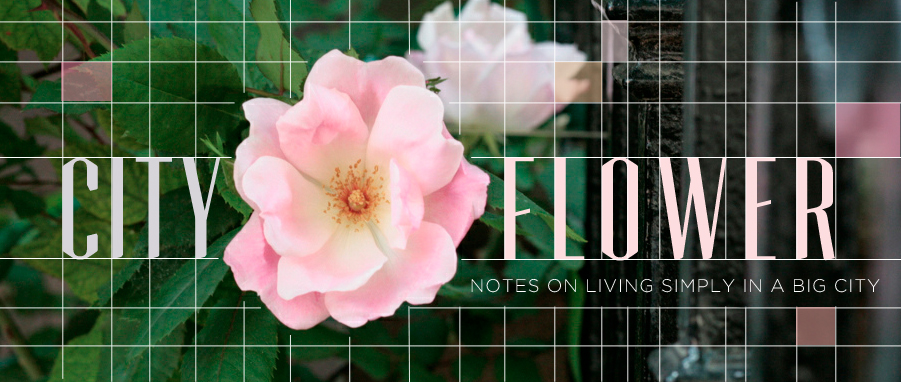



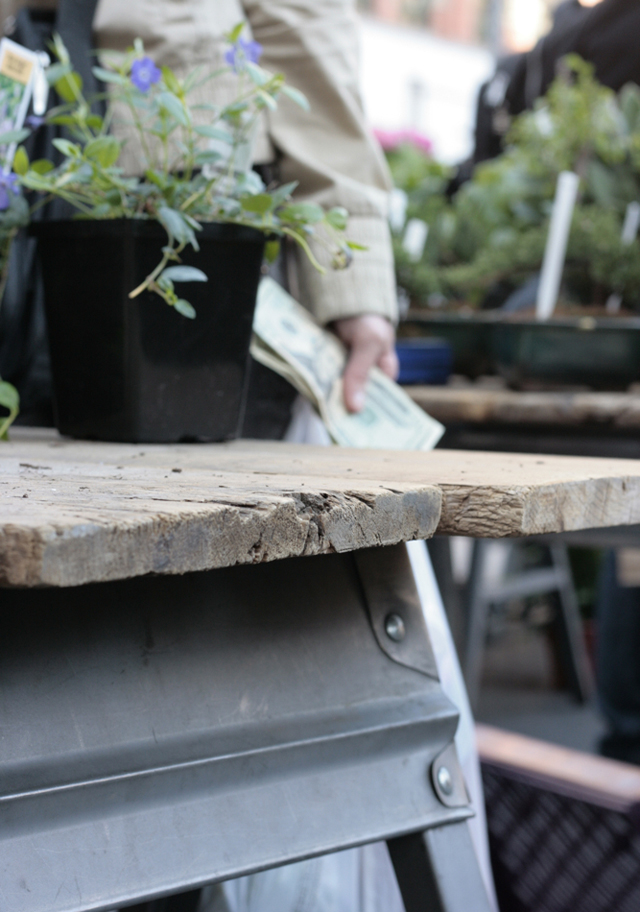 At first glance, this marriage of country and city appears to be mostly an aesthetic choice. But I don’t eat farm fresh produce just because it’s beautiful to photograph and my choice to fill my home only with flowers from nearby farmers goes beyond my particular adoration of Black-eyed Susans. For me, these choices also take into account my impact on the planet. I’m not saying that country folk have all the world’s environmental questions sorted, but sometimes living in a big city can mean that the nuances of seasons and the environmental impact of our choices can feel distant. The truth is that whether we’re in the country or the city or in all the places in between, we’re living in an era of global climate change. In the face of these changes, it’s been important for me to reconsider my own lifestyle.
At first glance, this marriage of country and city appears to be mostly an aesthetic choice. But I don’t eat farm fresh produce just because it’s beautiful to photograph and my choice to fill my home only with flowers from nearby farmers goes beyond my particular adoration of Black-eyed Susans. For me, these choices also take into account my impact on the planet. I’m not saying that country folk have all the world’s environmental questions sorted, but sometimes living in a big city can mean that the nuances of seasons and the environmental impact of our choices can feel distant. The truth is that whether we’re in the country or the city or in all the places in between, we’re living in an era of global climate change. In the face of these changes, it’s been important for me to reconsider my own lifestyle.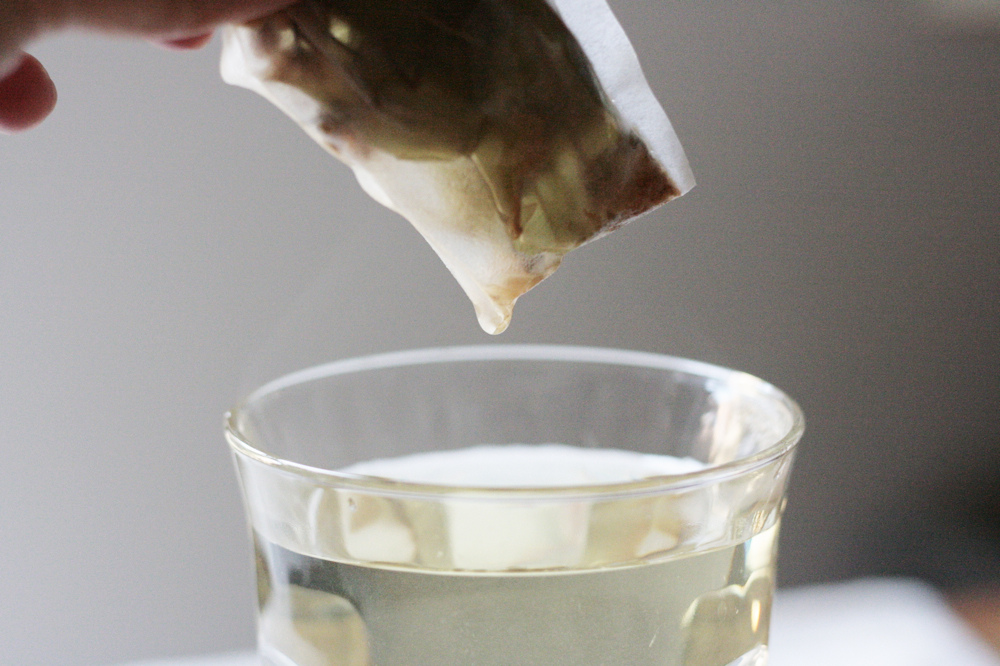 It’s a tough thing, this writing about sustainabilty and lifestyle. For some folks, it will across as preachy: pushing an agenda that finishes by boosting the confidence of the author and trampling on the choices of readers. For others, it won't go far enough: buying cut flowers from a nearby farmer isn’t going save the planet. Always, the issues are complicated. What of the workers? What of the economics? How do you afford grass-fed meat, anyway? This column isn’t a place for me to tell you what to do, it’s a space for me to chronicle what I’m doing. It’s a celebration of the city. It’s a celebration of the country. Mostly, it’s a celebration of the planet and a story about making my place in it. I hope you’ll indulge me.
It’s a tough thing, this writing about sustainabilty and lifestyle. For some folks, it will across as preachy: pushing an agenda that finishes by boosting the confidence of the author and trampling on the choices of readers. For others, it won't go far enough: buying cut flowers from a nearby farmer isn’t going save the planet. Always, the issues are complicated. What of the workers? What of the economics? How do you afford grass-fed meat, anyway? This column isn’t a place for me to tell you what to do, it’s a space for me to chronicle what I’m doing. It’s a celebration of the city. It’s a celebration of the country. Mostly, it’s a celebration of the planet and a story about making my place in it. I hope you’ll indulge me.

